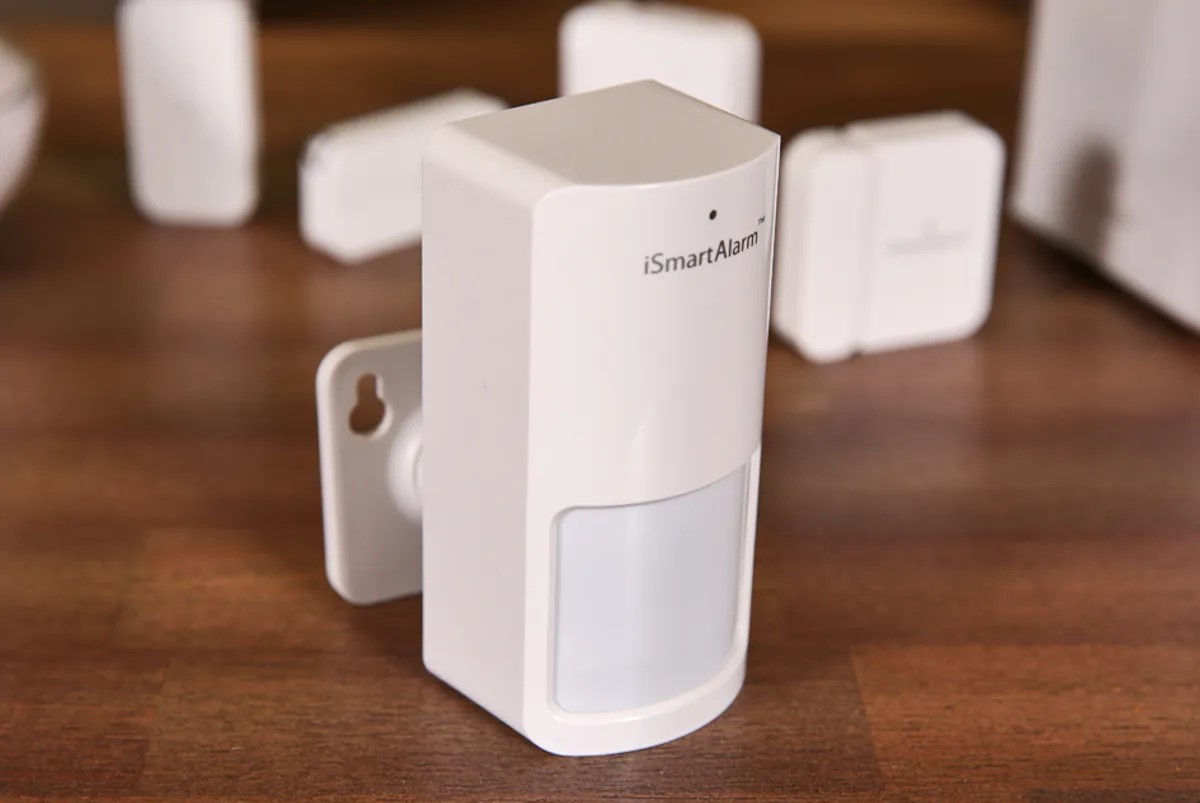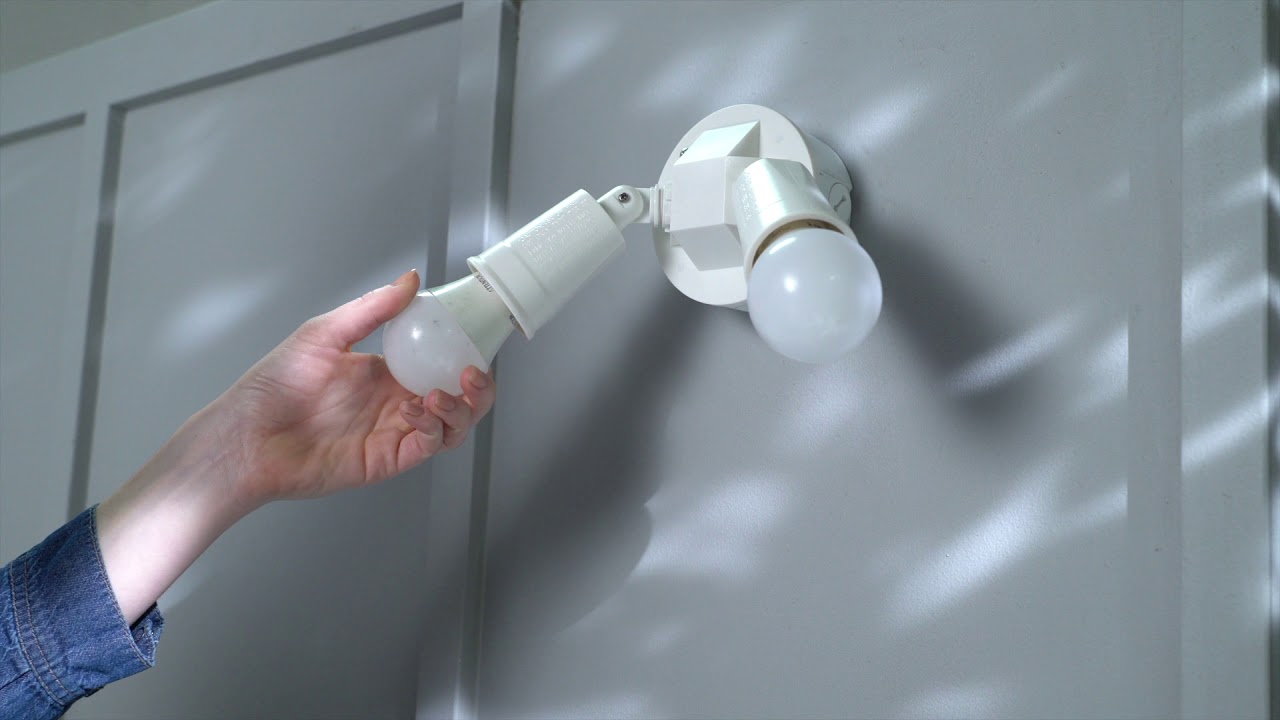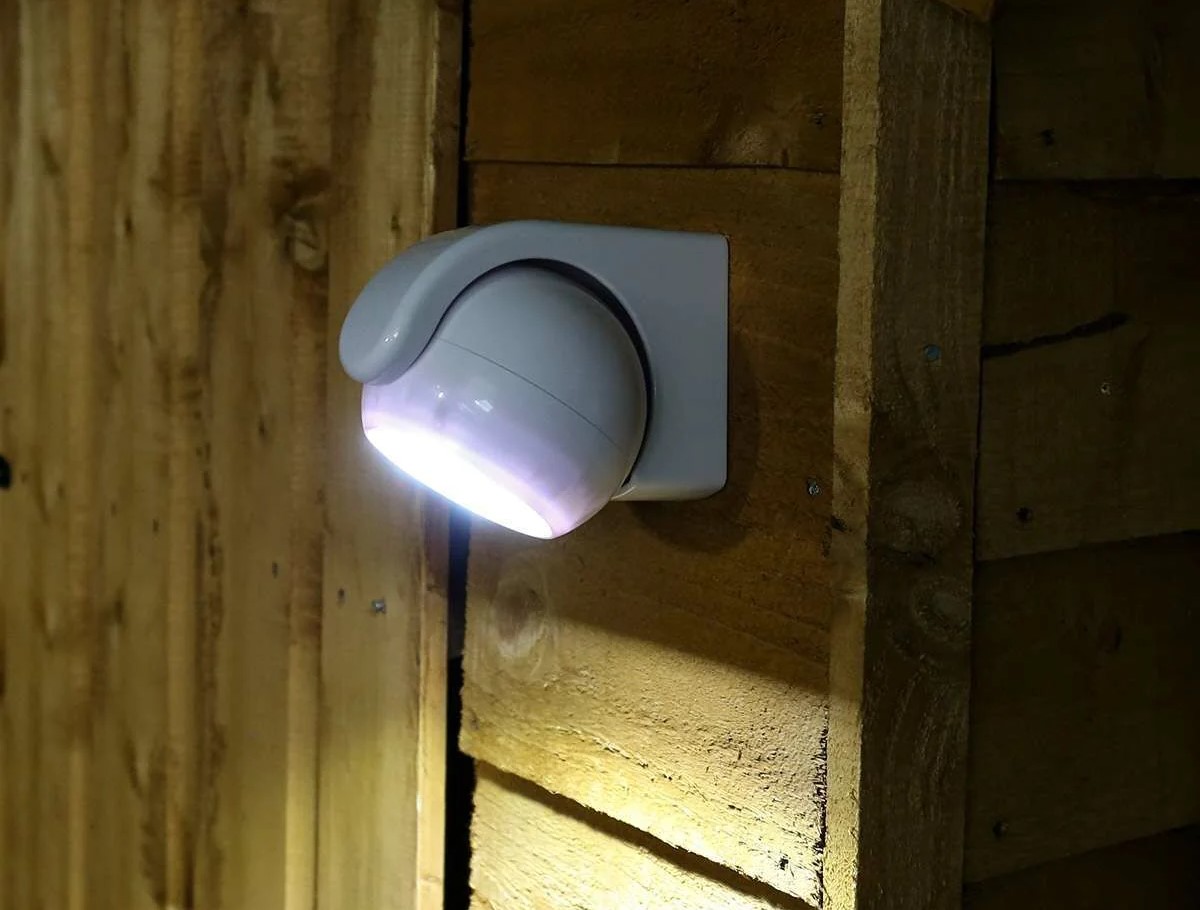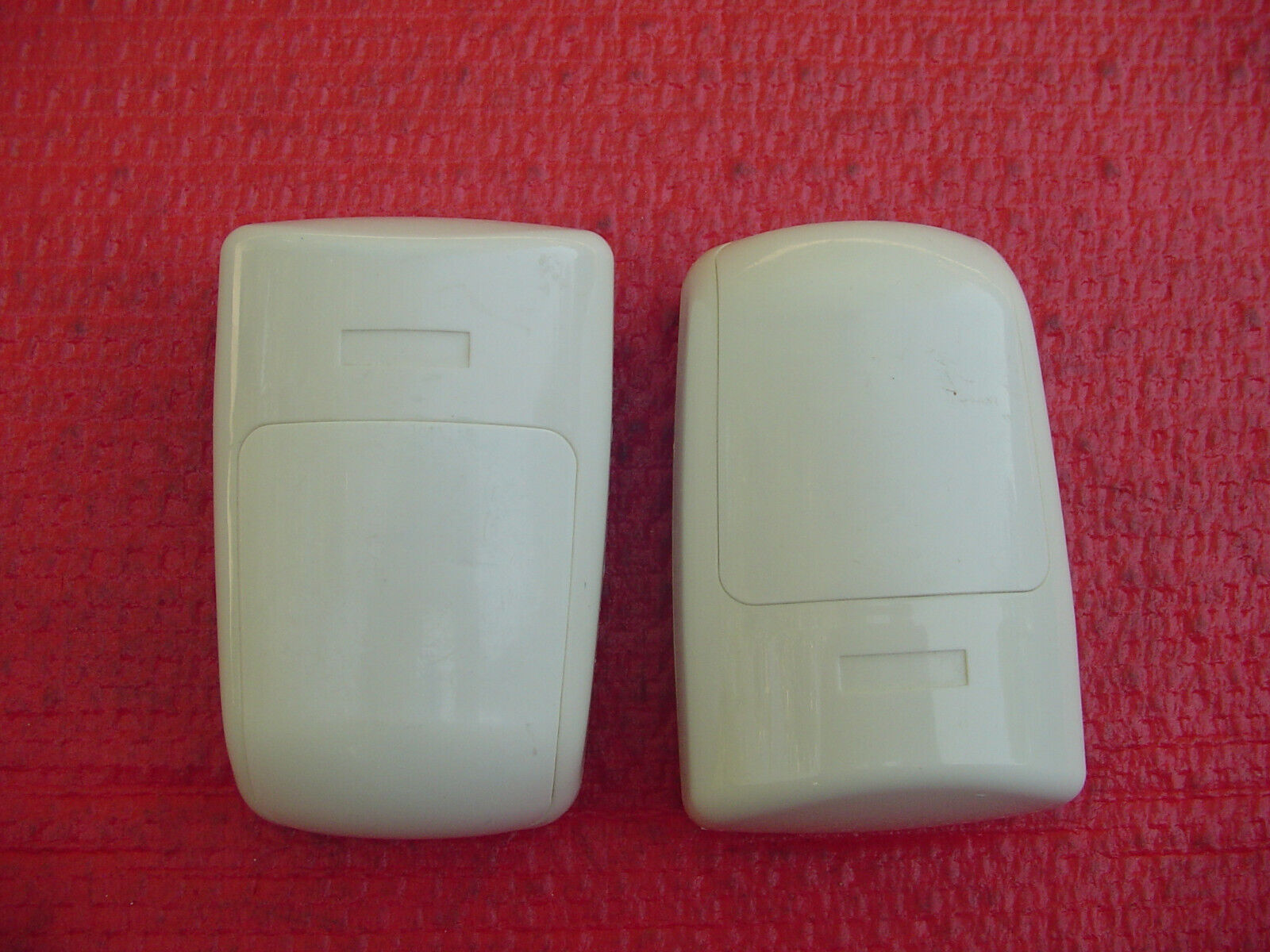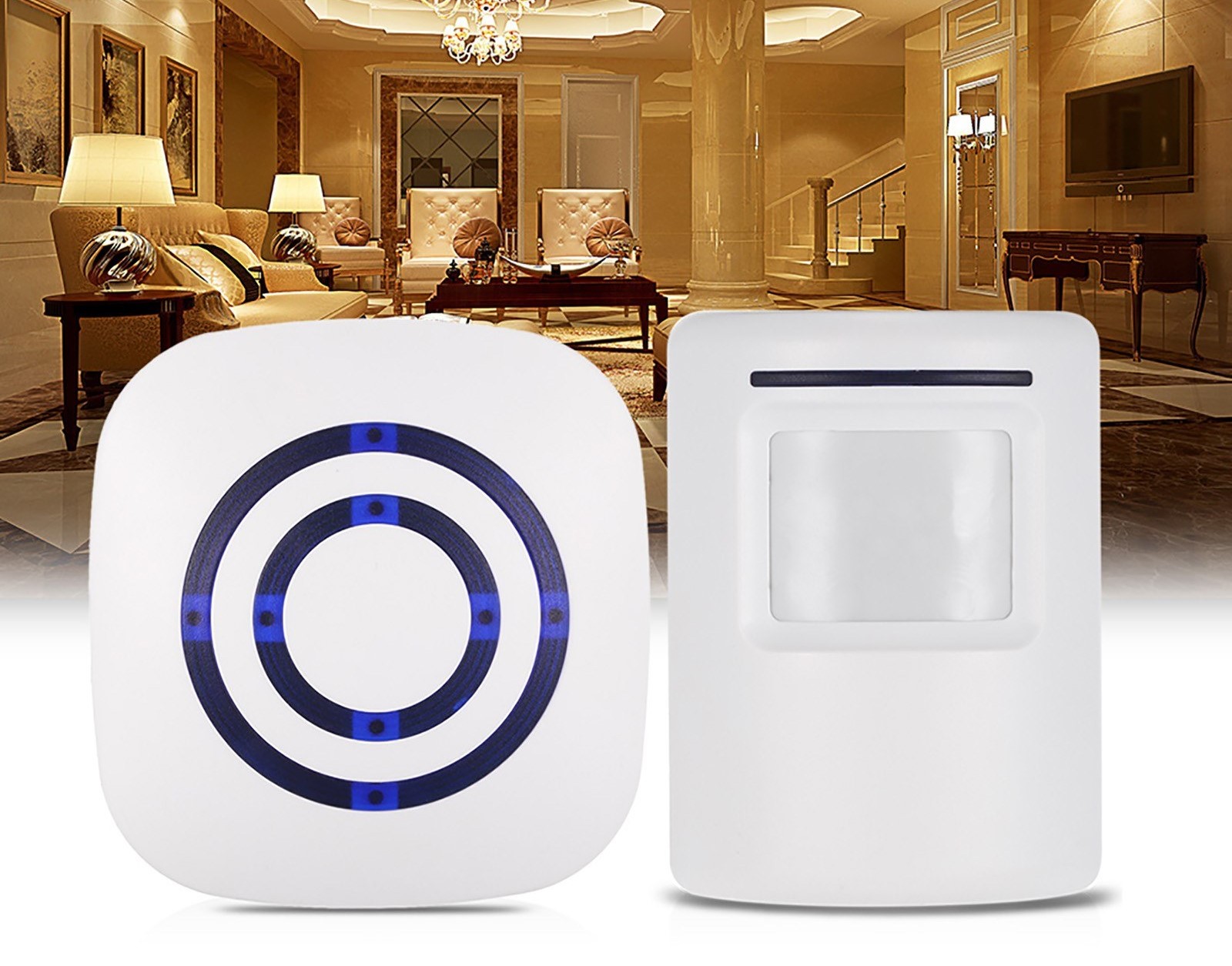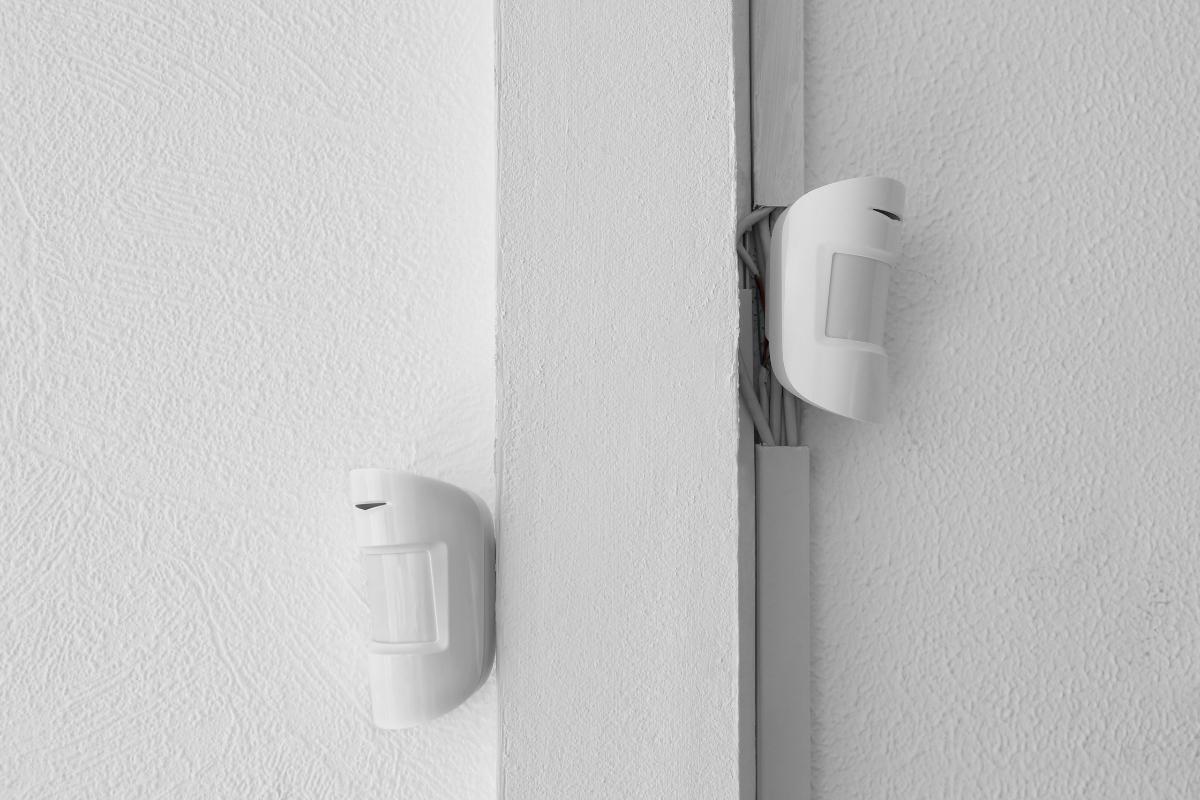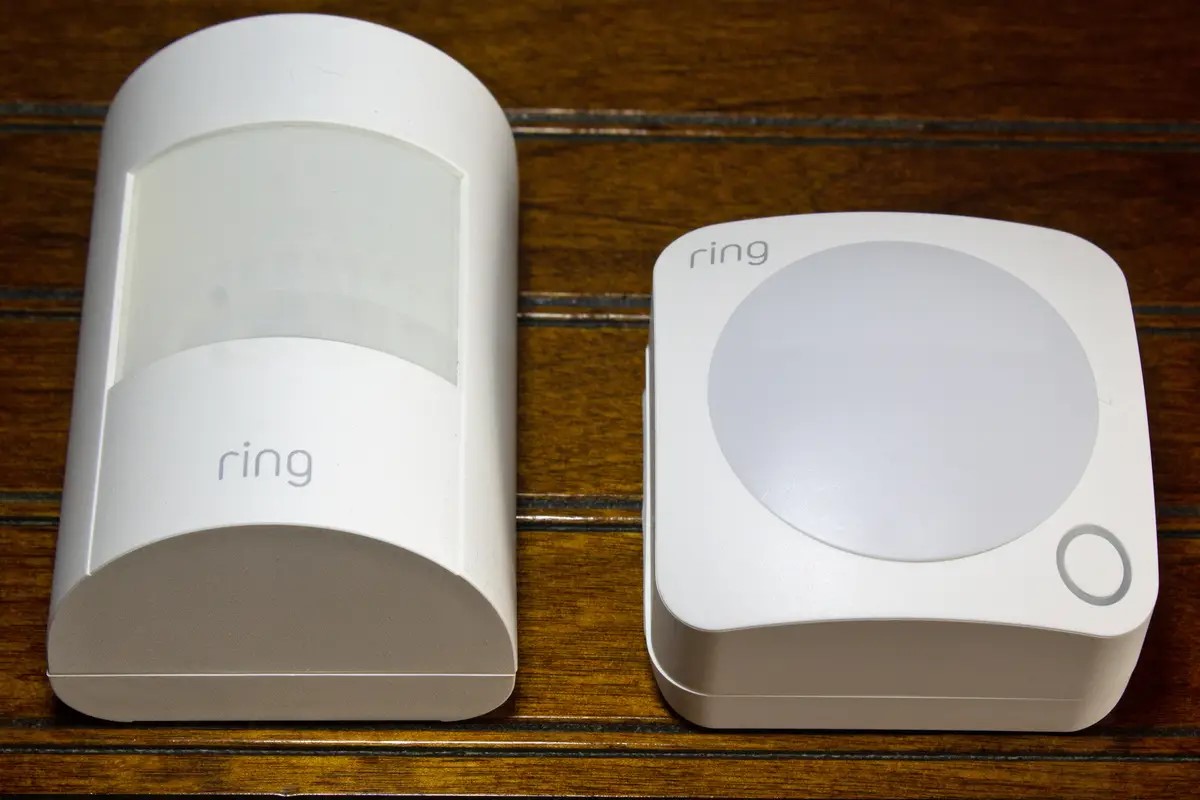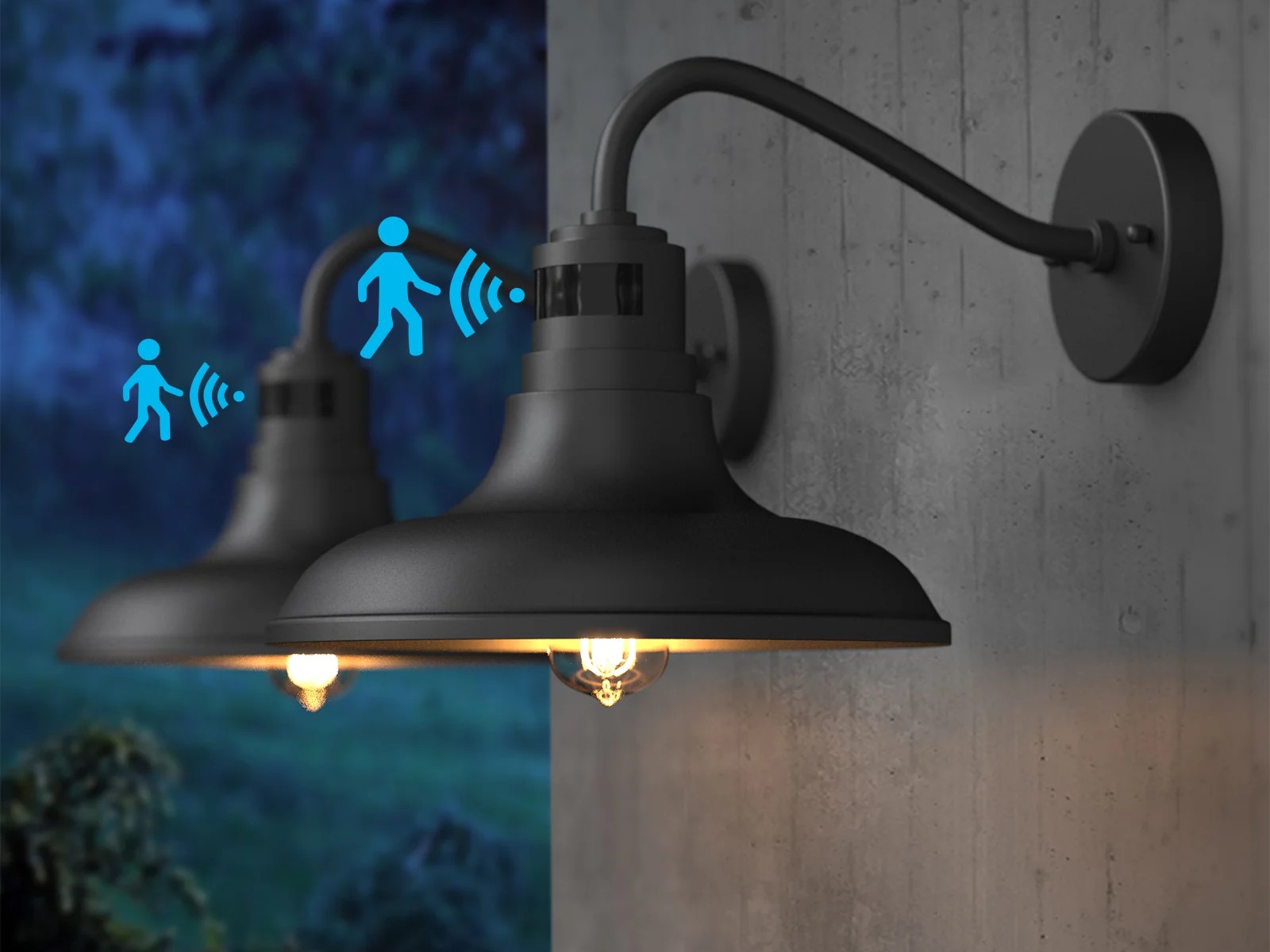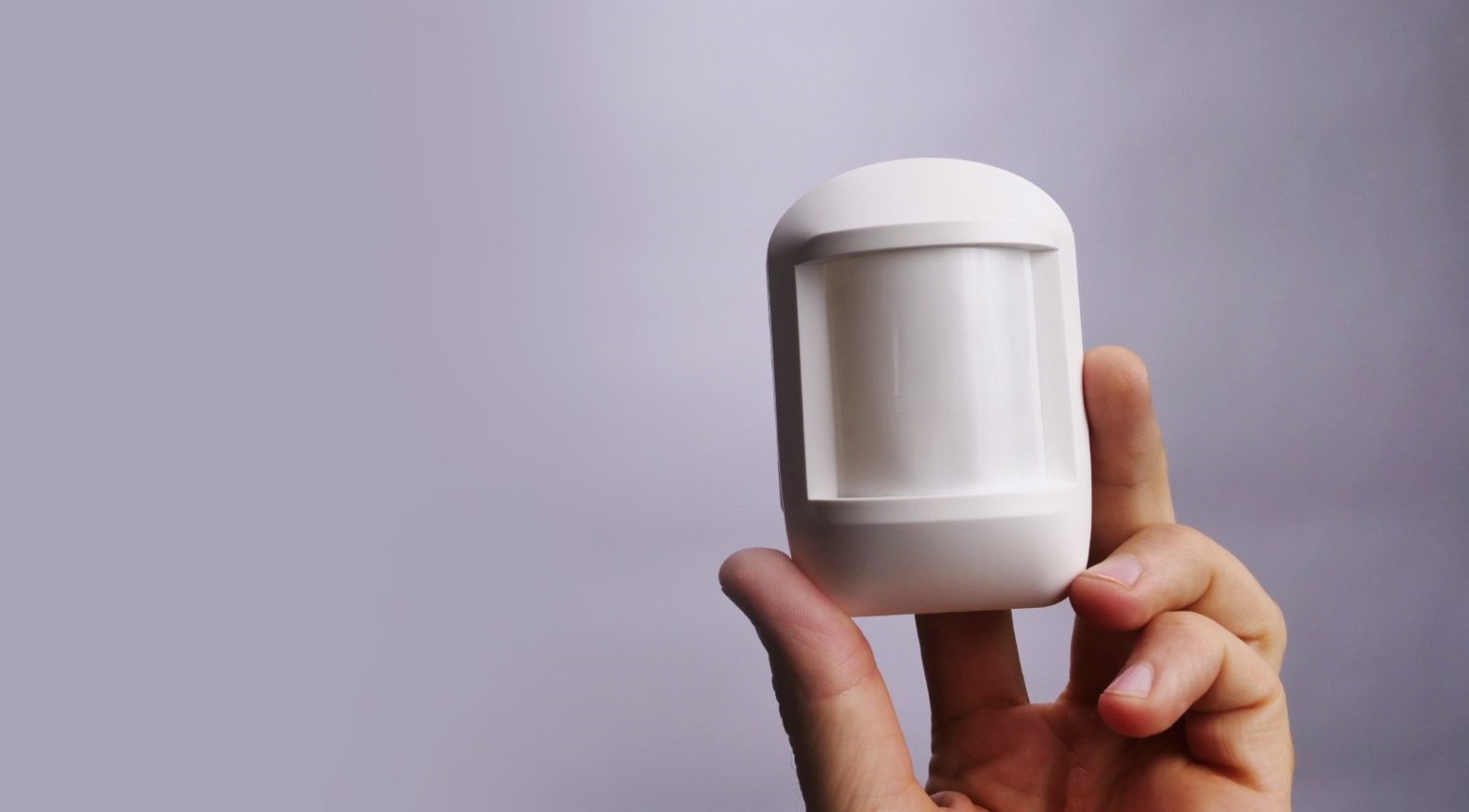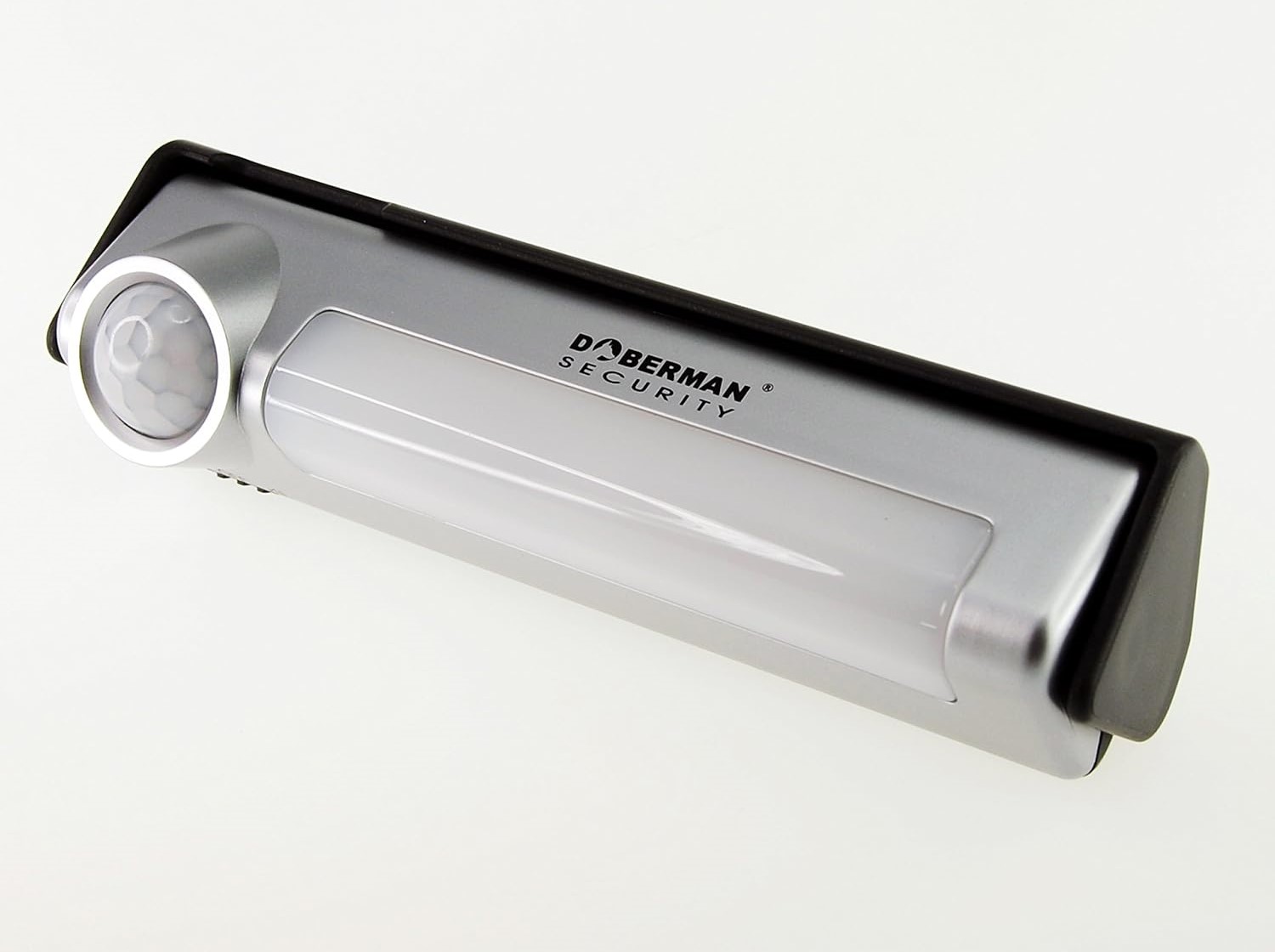Home>Home Security and Surveillance>Why Is My Motion Detector Triggering Alarms
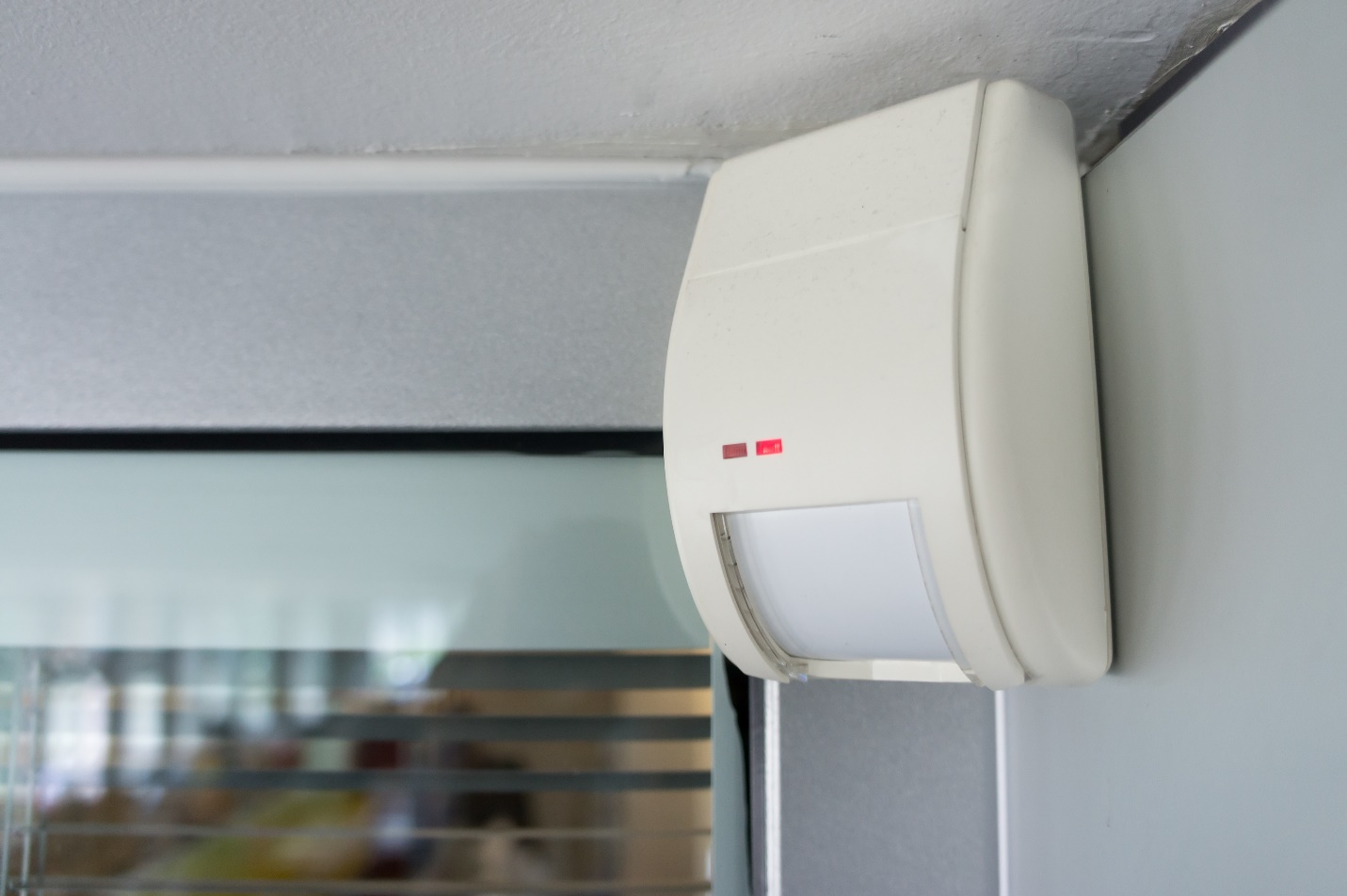

Home Security and Surveillance
Why Is My Motion Detector Triggering Alarms
Modified: March 6, 2024
Discover why your motion detector keeps triggering alarms and how to resolve it in this comprehensive guide. Ensure your home security and surveillance system functions flawlessly.
(Many of the links in this article redirect to a specific reviewed product. Your purchase of these products through affiliate links helps to generate commission for Storables.com, at no extra cost. Learn more)
Introduction
Home security and surveillance systems play a vital role in protecting our homes and loved ones. One of the key components of these systems is the motion detector. Motion detectors are designed to detect movement within a certain range and trigger an alarm or notification to alert homeowners of potential threats or intrusions.
However, it can be frustrating when your motion detector triggers false alarms. You may find yourself wondering why it’s happening and what steps you can take to minimize these occurrences. In this article, we will delve into the various causes of false alarms and provide troubleshooting tips to help you address the issue effectively.
Understanding the different types of motion detectors and how they work is essential in troubleshooting false alarms. There are several types of motion detectors available, including passive infrared (PIR), microwave, dual technology, and pet-immune detectors. Each type operates differently and may have specific considerations for false alarm prevention.
Passive infrared (PIR) detectors are the most common type of motion detector and detect changes in infrared radiation emitted by warm objects, such as humans or animals. Microwave detectors emit continuous microwave signals and measure any changes in those signals caused by moving objects. Dual technology detectors combine both PIR and microwave technologies to provide more accurate and reliable detection. Pet-immune detectors are designed to ignore the movement of small animals, reducing false alarms caused by pets.
Motion detectors work by continuously monitoring the surrounding area for any changes in movement. When movement is detected, the motion detector sends a signal to the control panel, which then triggers an alarm or sends a notification to the homeowner. This ensures that any potential threats or intrusions are detected promptly.
Motion detectors are widely used in various applications, including home security systems, outdoor lighting systems, and even in commercial settings. In home security systems, motion detectors are typically installed in high-risk areas such as entryways, hallways, and rooms with valuable possessions. In outdoor lighting systems, motion detectors are used to automatically turn on lights when someone approaches a specific area, enhancing safety and security.
Now that we have a basic understanding of motion detectors and their importance, let’s explore the common causes of false alarms and how to troubleshoot them effectively. Understanding these causes will enable you to take the necessary steps to reduce false alarms and improve the overall performance of your home security and surveillance system.
Key Takeaways:
- Motion detectors can trigger false alarms due to environmental factors, improper installation, sensitivity settings, and interference. Troubleshooting and regular maintenance can help minimize false detections and ensure reliable home security.
- Understanding the types of motion detectors, adjusting sensitivity, updating firmware, and regular testing are essential for reducing false alarms. Proper maintenance, sensor cleanings, and monitoring battery levels also contribute to reliable home security.
Understanding Motion Detectors
Motion detectors are essential components of home security systems, designed to detect movement and trigger alarms or notifications. To effectively troubleshoot false alarms, it’s crucial to have a clear understanding of the different types of motion detectors, how they work, and their common applications.
Types of Motion Detectors
There are several types of motion detectors available, each with its own set of features and benefits:
- Passive Infrared (PIR) Detectors: These are the most widely used and common types of motion detectors. PIR detectors work by detecting changes in infrared radiation emitted by warm objects, such as humans or animals. When movement is detected, an alarm is triggered.
- Microwave Detectors: Microwave detectors emit continuous microwave signals and measure any changes in those signals caused by moving objects. They are highly sensitive and can detect movements through walls and other solid objects. However, these detectors can be affected by environmental factors like rain and strong winds, leading to false alarms.
- Dual Technology Detectors: Dual technology detectors combine the functionalities of both PIR and microwave detectors. By incorporating both technologies, dual technology detectors provide more accurate and reliable motion detection, minimizing false alarms caused by environmental factors or pets.
- Pet-Immune Detectors: Pet-immune motion detectors are specifically designed to ignore the movement of small animals, reducing false alarms triggered by pets. These detectors use specific algorithms and logic to distinguish between the movement of an intruder and that of a pet.
How Motion Detectors Work
Motion detectors typically consist of a sensor, which detects movement, and a control panel, which processes the sensor’s signals and triggers alarms or notifications. When a motion detector is activated, it constantly monitors its surroundings for any changes in movement.
In the case of PIR detectors, the sensor detects differences in the infrared radiation emitted by warm objects. When a person or animal moves within the range of the detector, it detects the change in thermal energy and sends a signal to the control panel. The control panel then triggers an alarm or sends a notification to the homeowner.
Microwave detectors work differently. They emit continuous microwave signals and measure the reflected microwaves. When a moving object disturbs the microwave patterns, the detector senses the change and triggers an alarm.
Common Applications of Motion Detectors
Motion detectors have various applications in home security and surveillance systems:
- Intruder Detection: Motion detectors are primarily used to detect potential intrusions into your home or property. When an unauthorized person enters the monitored area, the motion detector triggers an alarm, helping to deter burglars.
- Energy Efficiency: Motion detectors can be used in lighting systems to save energy. By automatically turning on lights when someone enters a room and turning them off when there’s no movement, motion-activated lights help conserve energy and reduce electricity costs.
- Monitoring and Surveillance: Motion detectors can be integrated with surveillance cameras to enhance security. When a motion detector is triggered, it can activate the camera, allowing you to record and monitor any suspicious activity.
Understanding the different types of motion detectors, how they work, and their common applications will provide you with valuable insights for troubleshooting false alarms. In the next section, we will explore the common causes of false alarms and provide effective solutions to address them.
Common Causes of False Alarms
False alarms can be a nuisance, causing unnecessary anxiety and potentially wasting resources. Understanding the common causes of false alarms and taking appropriate measures to address them can significantly reduce these occurrences. Here are some common causes to be aware of:
Environmental Factors
Environmental factors can play a significant role in triggering false alarms. Changes in lighting conditions, such as sudden sunlight or shadows, can confuse motion detectors, leading to false detections. Other factors like strong winds, moving objects (such as curtains or plants), or even small animals can also trigger false alarms. It’s important to consider the environmental surroundings of the motion detector and make adjustments accordingly.
Improper Installation
Improper installation of motion detectors can contribute to false alarms. Incorrect positioning, such as aiming the sensor towards reflective surfaces, can cause false detections due to the bouncing of infrared or microwave signals. Additionally, improper mounting or fixing of the motion detector can result in vibrations or accidental movements that trigger false alarms. Following the manufacturer’s installation instructions carefully and ensuring proper alignment and stable mounting can help avoid such false detections.
Sensitivity Settings
The sensitivity settings of motion detectors can affect the likelihood of false alarms. If the sensitivity level is set too high, even small movements like air currents or insects flying near the sensor can trigger false detections. Conversely, if the sensitivity level is set too low, the motion detector may not detect actual movements, compromising the security of your property. Adjusting the sensitivity settings to an appropriate level that works best for your specific environment can help minimize false alarms.
Read more: Why Does My Motion Detector Light Remain On?
Interference Issues
Interference from other devices can also lead to false alarms. Wireless motion detectors may experience interference from nearby electronics, such as cordless phones, Wi-Fi routers, or even neighboring security systems using the same frequency range. This interference can disrupt the sensor’s signals and cause false detections. Ensuring that your motion detector operates on a unique frequency or taking measures to eliminate or minimize interference sources can help mitigate false alarms caused by interference issues.
By being aware of these common causes of false alarms, you can troubleshoot and address them effectively. In the next section, we will provide valuable tips to help you troubleshoot false alarms and minimize their occurrence.
Troubleshooting False Alarms
Dealing with false alarms from your motion detector can be frustrating, but there are several steps you can take to troubleshoot and reduce these occurrences. By following these troubleshooting tips, you can ensure that your motion detector operates efficiently and accurately.
Checking Sensor Placement
Proper sensor placement is critical for effective motion detection and minimizing false alarms. Ensure that the sensor is positioned correctly, facing the intended area of detection. Avoid placing the sensor near heat sources, vents, or air conditioning units, as they can cause temperature fluctuations that could trigger false detections. Regularly check for any obstacles or obstructions that may interfere with the sensor’s field of view, such as furniture, curtains, or plants.
Adjusting Sensitivity
One of the most common causes of false alarms is overly sensitive motion detectors. Adjusting the sensitivity settings to an appropriate level for your specific environment can help reduce false detections caused by minor movements or environmental factors. Gradually increase or decrease the sensitivity and observe how the motion detector responds to movement. Finding the right balance will ensure accurate detection while minimizing false alarms.
Updating Firmware/Software
Manufacturers often release firmware or software updates for their motion detectors to improve functionality and address any known issues, including false alarms. Check if there are any updates available for your motion detector and follow the instructions provided by the manufacturer to update the firmware or software. These updates may include performance enhancements and algorithms that help reduce false alarms.
Resolving Interference Problems
If you suspect that interference is causing false alarms, take steps to resolve the issue. Start by identifying potential sources of interference, such as nearby electronics or neighboring security systems. Try relocating or repositioning the motion detector to minimize the impact of interference. Additionally, consider using motion detectors that operate on a unique frequency to minimize the chances of interference from other devices.
Testing the Motion Detector
Regularly testing your motion detector can help identify any potential issues and ensure its proper functioning. Conduct scheduled tests by intentionally moving within the detection range of the sensor to verify that the motion detector accurately detects and triggers alarms during appropriate situations. If you notice any inconsistencies or false detections during testing, revisit the previous troubleshooting steps to address the problem.
By following these troubleshooting tips, you can effectively address false alarms and improve the overall performance of your motion detectors. In the next section, we will provide additional tips for reducing false alarms and maintaining the optimal functionality of your home security and surveillance system.
Additional Tips for Reducing False Alarms
Reducing false alarms from your motion detectors goes beyond troubleshooting specific issues. Proper maintenance and regular care can significantly improve the performance and reliability of your motion detectors. Here are some additional tips to help you minimize false alarms:
Read more: How To Build A Motion Detector Alarm System
Proper Maintenance
Regular maintenance is crucial to keep your motion detectors in optimal condition. Check for any physical damage or signs of wear and tear. Ensure that the motion detector is securely mounted and all connections are tight. Regularly inspect the wiring and replace any frayed or damaged cables. Conduct routine maintenance to ensure that your motion detectors are functioning correctly.
Regular Sensor Cleanings
Over time, dust, dirt, and debris can accumulate on the sensors of motion detectors, leading to false alarms. Cleaning the sensors regularly with a soft, lint-free cloth can help remove any dirt or smudges that may interfere with accurate motion detection. Avoid using harsh chemicals or abrasive materials, as they can damage the sensors. Keeping the sensors clean will enhance their performance and reduce the likelihood of false alarms.
Monitoring Battery Levels
Low battery levels can cause motion detectors to malfunction and trigger false alarms. Regularly monitor the battery levels of your motion detectors and replace batteries as needed. It’s advisable to use high-quality batteries and follow the manufacturer’s recommendations for battery replacement. Maintaining adequate battery levels will ensure uninterrupted and reliable operation of your motion detectors.
Avoiding Direct Sunlight
Direct sunlight can interfere with the functioning of motion detectors, causing false alarms. When positioning your motion detectors, avoid placing them in direct sunlight or areas with intense heat sources. Sunlight can cause drastic temperature changes, which can confuse the motion detector’s sensors and lead to false detections. Shielding the motion detector from direct sunlight or using sunshades can help minimize false alarms.
By implementing these additional tips for reducing false alarms, you can optimize the performance of your motion detectors and enjoy a more reliable and accurate home security and surveillance system. In the following section, we will conclude the article and summarize the key points discussed.
Read more: How To Hook Up A Motion Detector To A Alarm
Conclusion
Motion detectors are integral components of home security and surveillance systems, providing an added layer of protection and peace of mind. However, dealing with false alarms can be frustrating and time-consuming. By understanding the common causes of false alarms and following the troubleshooting tips provided, you can effectively reduce false detections and improve the performance of your motion detectors.
Understanding the different types of motion detectors, such as passive infrared (PIR), microwave, dual technology, and pet-immune detectors, helps determine which detector is best suited for your specific needs. Each type has its own set of features and considerations to address false alarms.
Environmental factors, improper installation, sensitivity settings, and interference issues are common causes of false alarms. Taking steps to minimize their impact, such as adjusting sensitivity levels, ensuring proper sensor placement, updating firmware or software, and addressing interference sources, can significantly reduce false detections.
Additional tips for reducing false alarms include proper maintenance, regular sensor cleanings, monitoring battery levels, and avoiding direct sunlight. Regularly caring for and maintaining your motion detectors helps ensure their optimal functionality and reliability.
By implementing these strategies and tips, you can significantly minimize false alarms and enjoy a more effective and reliable home security and surveillance system. Remember to regularly test your motion detectors to verify their performance and make necessary adjustments as needed.
Investing time and effort in troubleshooting and reducing false alarms will not only provide you with a more secure home but also help alleviate unnecessary stress and inconvenience caused by false detections. With a properly functioning motion detection system, you can have peace of mind knowing that your home and loved ones are protected.
Frequently Asked Questions about Why Is My Motion Detector Triggering Alarms
Was this page helpful?
At Storables.com, we guarantee accurate and reliable information. Our content, validated by Expert Board Contributors, is crafted following stringent Editorial Policies. We're committed to providing you with well-researched, expert-backed insights for all your informational needs.
